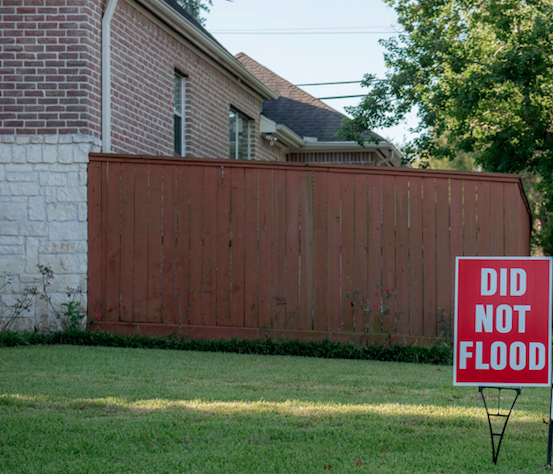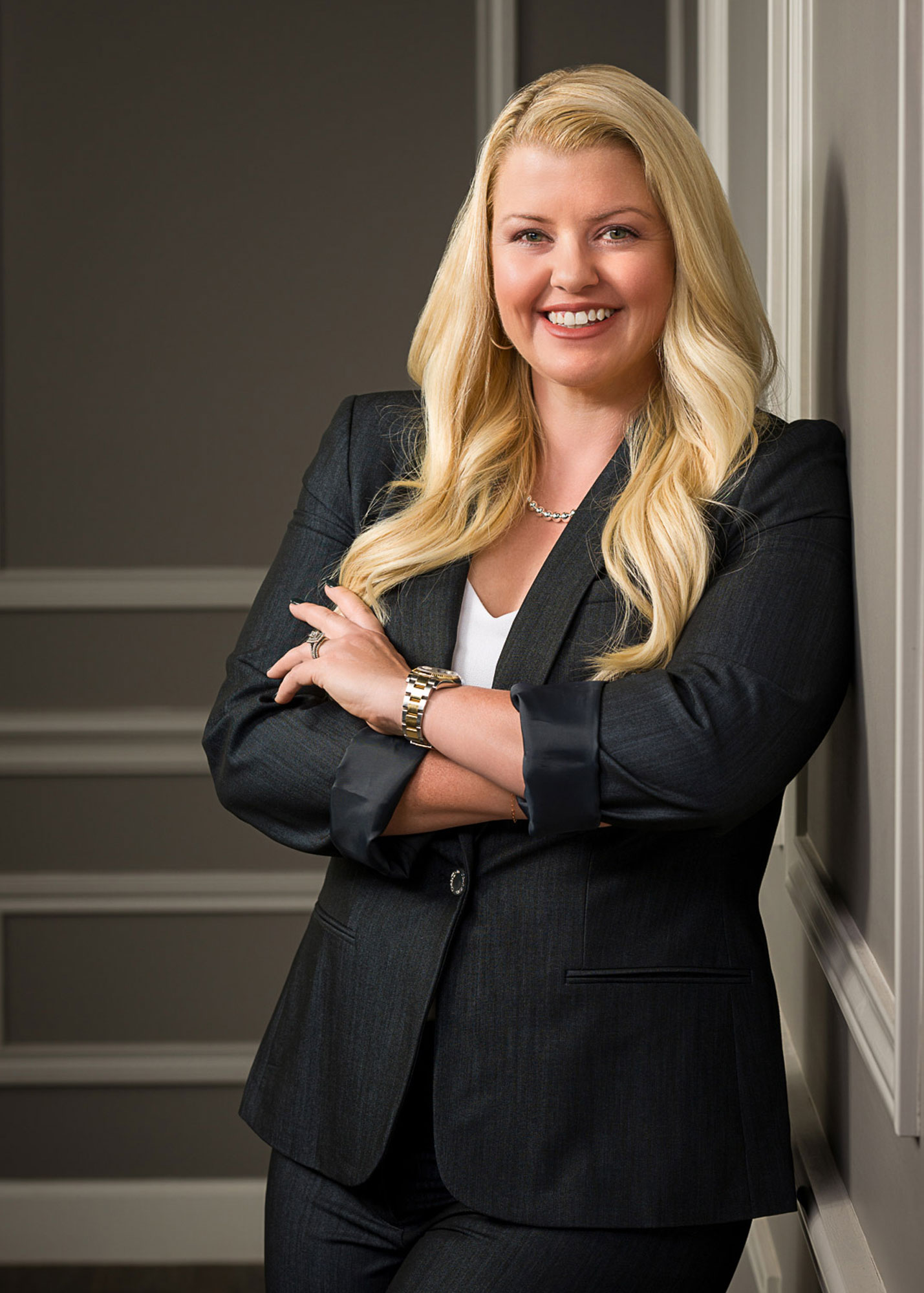Houston Housing Market After Hurricane Harvey

Many of us are asking the same question! What will happen to the housing market in Houston after Hurricane Harvey?
Because we have no way of comparing to previous storms, being that this was the WORST we have ever seen, we went to the media to see what is being predicted:
For six months, Sue and Roger Powell have been hoping to find a buyer for their 7,100-square-foot home in the Houston suburb of Katy. A week ago, after they waded out of it with a few suitcases on air mattresses, those hopes had largely faded. Then they got an unexpected call from their real estate agent: a house hunter was interested.
“Somebody actually called her before we got back in here,” Sue Powell said as she stood in her driveway last week, a safety mask around her neck and a pile of her possessions on the curb.
“I was really surprised,” said her husband, describing how they had “gondoliered” their way back home over Labor Day weekend. “I didn’t think anyone would be interested for years.”
But interest is rarely lacking here. The Houston metropolitan area grows by about 400 people a day and builds 40,000 housing units a year, making it the nation’s largest new-housing market, with 7 percent of residential construction. With light regulation and a civic model tied to growth, it has kept housing prices low by building everywhere and anywhere, and fast.
And even after Hurricane Harvey revealed the city’s vulnerability to catastrophic flooding, leaving thousands displaced and still living in shelters, people here are betting that nothing can stop Houston’s continued growth.
Redfin, a national real estate brokerage firm, said its agents had 45 home buyers lined up to purchase homes here when the storm hit. Only eight buyers backed out because of the storm, and tour requests immediately rebounded a week later.
For now, buyers and sellers are trying to figure out how prices have changed after the flood. The Powells’ potential buyer and many others are looking for a deal on a damaged home.
At the same time, many economists are forecasting that the price of undamaged homes will rise as demand outstrips supply. Early estimates suggest that tens of thousands of homes were damaged, and developers are worried about labor shortages as repairs get priority over new construction.
But as insurance and government money comes in, developers and real estate agents are betting that the area will quickly clear the backlog and continue along its normal trajectory of adding homes and people.
Throughout Houston proper and the surrounding suburbs, developers sprawl ever outward, paving over pastures and former wetlands and leaving nothing to absorb the water, when it comes.
“It is one of the most affordable housing markets in the country because people were able to build in places where they were likely to get flooded in the future,” said Svenja Gudell, chief economist at Zillow, the real estate data service.
Houstonians lose track of how many times they’ve been flooded. They repeatedly renovate or rebuild on elevated platforms and say they will go higher the next time if they have to.
A builder, Brian Silver of BAS Concepts, said that over the last 15 years, his company had built more than 50 homes around Brays Bayou that were elevated in some way – including Ms. Asin’s – and 10 just in the last year.
“If you elevate your house, you’re out of the floodplain,” Mr. Silver said, adding that it was his practice to build new homes a foot above the elevation that FEMA expected floodwaters to rise or the high-water mark of the last storm — whichever was higher.
He predicted that after Harvey, even more homeowners would decide to demolish their flooded homes and build from scratch, but higher, and that already elevated homes would increase in value. (According to the Insurance Information Institute, homeowners in flood-prone areas are often required to elevate their houses to get flood insurance, and the areas designated can change with storms and development.)
In the meantime, even as National Guard trucks remained on the streets and drones assessed damage, the steady stream of migration continued.
After the hurricane, when the city was still underwater in some places, Christine Garcia and her boyfriend, John Klein, packed their car in Chicago and set off on a long-planned move to Houston. They were not entirely sure whether their apartment would be habitable, and were unable to get any answers from their landlord, but they arrived to find their two-bedroom duplex was dry.
The couple is renting now, but they moved there because they would like to buy eventually. Mr. Klein was attracted by the area’s cheap housing – he said he had seen homes advertised for $50,000 – though he quickly came to appreciate the risks that such a low price entails.
“I’m sure you’d pay as much in flood insurance,” he said, with perhaps a bit of hyperbole, “but it’s almost worth it.”
source: https: www.nytimes.com



